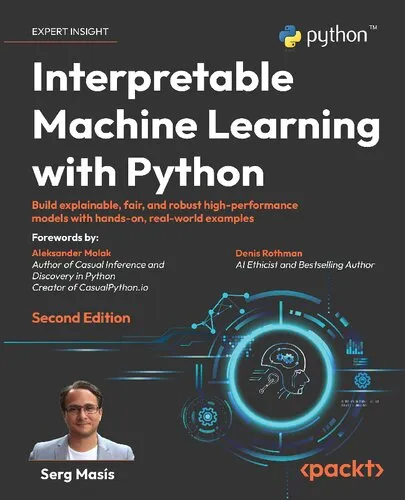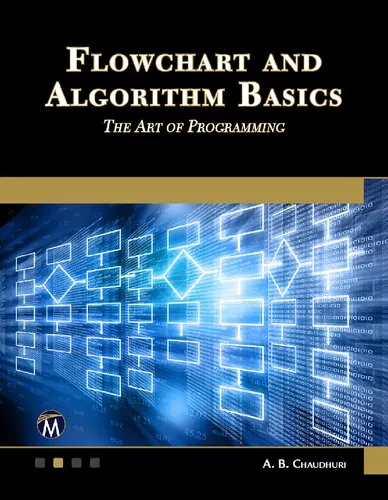Single Perturbation Problems in Chemical Physics: Analytic and Computational Methods, Volume 97, Advances in Chemical Physics
4.5
Reviews from our users

You Can Ask your questions from this book's AI after Login
Each download or ask from book AI costs 2 points. To earn more free points, please visit the Points Guide Page and complete some valuable actions.Related Refrences:
Introduction to "Single Perturbation Problems in Chemical Physics"
The book "Single Perturbation Problems in Chemical Physics: Analytic and Computational Methods, Volume 97, Advances in Chemical Physics" is a cornerstone publication that bridges the intricate realms of theoretical chemistry, physics, and applied mathematics. By focusing on single perturbation problems, this volume delves into one of the most prevalent challenges in chemical physics, providing a framework for rigorous analysis, computational techniques, and their interplay in solving complex systems. Aimed at researchers, students, and professionals in these fields, the book encapsulates methods and theories that have vast implications for both academia and industrial applications. This introduction will guide you through the essence of the book while outlining its main sections.
Detailed Summary of the Book
The book is composed of a detailed and multi-faceted exploration of perturbation methods as tools for addressing complicated systems in chemical physics. A "single perturbation problem" refers to instances where a system's small deviation from equilibrium is sufficient to significantly influence its behavior. These problems frequently arise in quantum mechanics, spectroscopy, and chemical kinetics, where understanding a system's response to minor changes is essential for breakthroughs.
The volume begins by establishing the mathematical foundations of perturbation theory, covering both analytic approaches and computational frameworks. It also presents historical perspectives on perturbation problems, helping readers appreciate the evolution of this branch of science while showcasing its relevance in modern applications.
Included in the discussion are case studies in quantum mechanics, such as energy level shifts in atomic systems, and insights into molecular dynamics influenced by small-scale alterations. The book also emphasizes the role of asymptotic expansions and how such methods can simplify otherwise unsolvable equations. Computational algorithms are explored thoroughly, offering guidance on numerical implementations with high accuracy and efficiency.
The concluding chapters center on real-world applications, illustrating how single perturbation analysis impacts material science, biological systems, and reaction dynamics. Each chapter integrates theoretical concepts with computational strategies, ensuring a holistic understanding of the subject.
Key Takeaways
- A comprehensive understanding of single perturbation problems in chemical physics, with emphasis on both theoretical and applicable perspectives.
- Insights into analytic methods such as asymptotic expansions, perturbation series, and variational principles.
- Practical guidance on computational methods, including algorithm development and numerical techniques for solving complex systems.
- Real-world examples from quantum mechanics, molecular dynamics, and reaction kinetics, bridging theoretical studies with practical applications.
- Critical perspectives on current challenges and their implications for future research in chemical physics and related disciplines.
Famous Quotes from the Book
"Small perturbations, when analyzed with precision, reveal the hidden complexities of chemical systems and open pathways to deeper understanding."
"The art of perturbation theory lies not just in solving equations but in uncovering the language of nature’s subtle adjustments."
Why This Book Matters
"Single Perturbation Problems in Chemical Physics" stands out because it goes beyond traditional textbooks by combining theoretical rigor with computational innovations. The subject of perturbation theory is often regarded as a challenging niche, but this book demystifies the complexity by balancing mathematics with chemical intuition.
For researchers, this text serves as a vital resource for tackling problems across disciplines, especially where small variations have significant implications—such as in nuclear reactions, astronomical systems, or even climate modeling. For students, it provides a critical entry point into advanced methods that are often underrepresented in standard curricula.
The book also emphasizes open-ended research questions, fostering curiosity and inviting collaboration. Its focus on computational techniques is particularly timely in an era when high-performance computing and machine learning are dominating scientific exploration. By blending analytic and computational methods, this work ensures that the reader is equipped with the tools necessary for addressing both current and emerging challenges in chemical physics.
Ultimately, the importance of this book lies in its potential to inspire innovation. Anyone invested in understanding the subtleties of the physical world—and how small changes can cascade into monumental effects—will find this volume an essential addition to their library.
Free Direct Download
You Can Download this book after Login
Accessing books through legal platforms and public libraries not only supports the rights of authors and publishers but also contributes to the sustainability of reading culture. Before downloading, please take a moment to consider these options.
Find this book on other platforms:
WorldCat helps you find books in libraries worldwide.
See ratings, reviews, and discussions on Goodreads.
Find and buy rare or used books on AbeBooks.
1057
بازدید4.5
امتیاز0
نظر98%
رضایتReviews:
4.5
Based on 0 users review
Questions & Answers
Ask questions about this book or help others by answering
No questions yet. Be the first to ask!
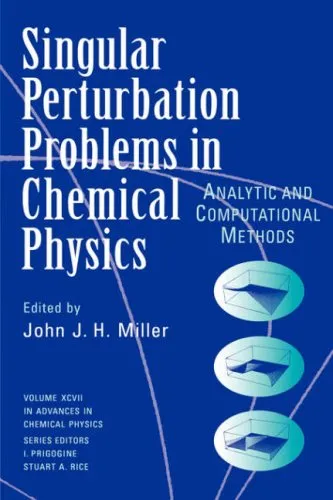

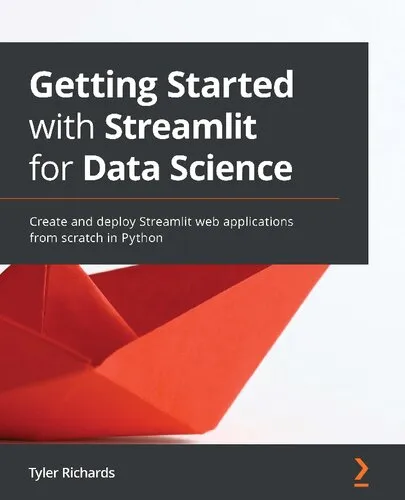


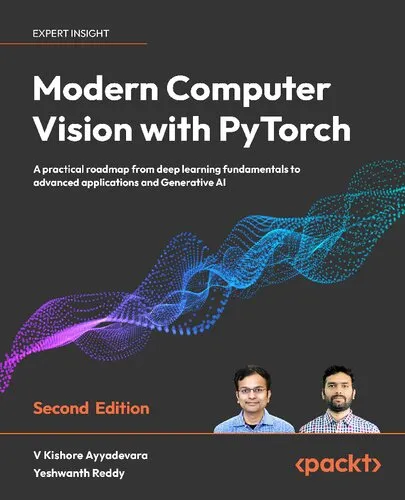
![The Ultimate iOS Interview Playbook: Conquer Swift, frameworks, design patterns, and app architecture [Team-IRA]](https://s3.refhub.ir/images/thumb/The_Ultimate_iOS_Interview_Playbook__Conquer__29925.webp)

